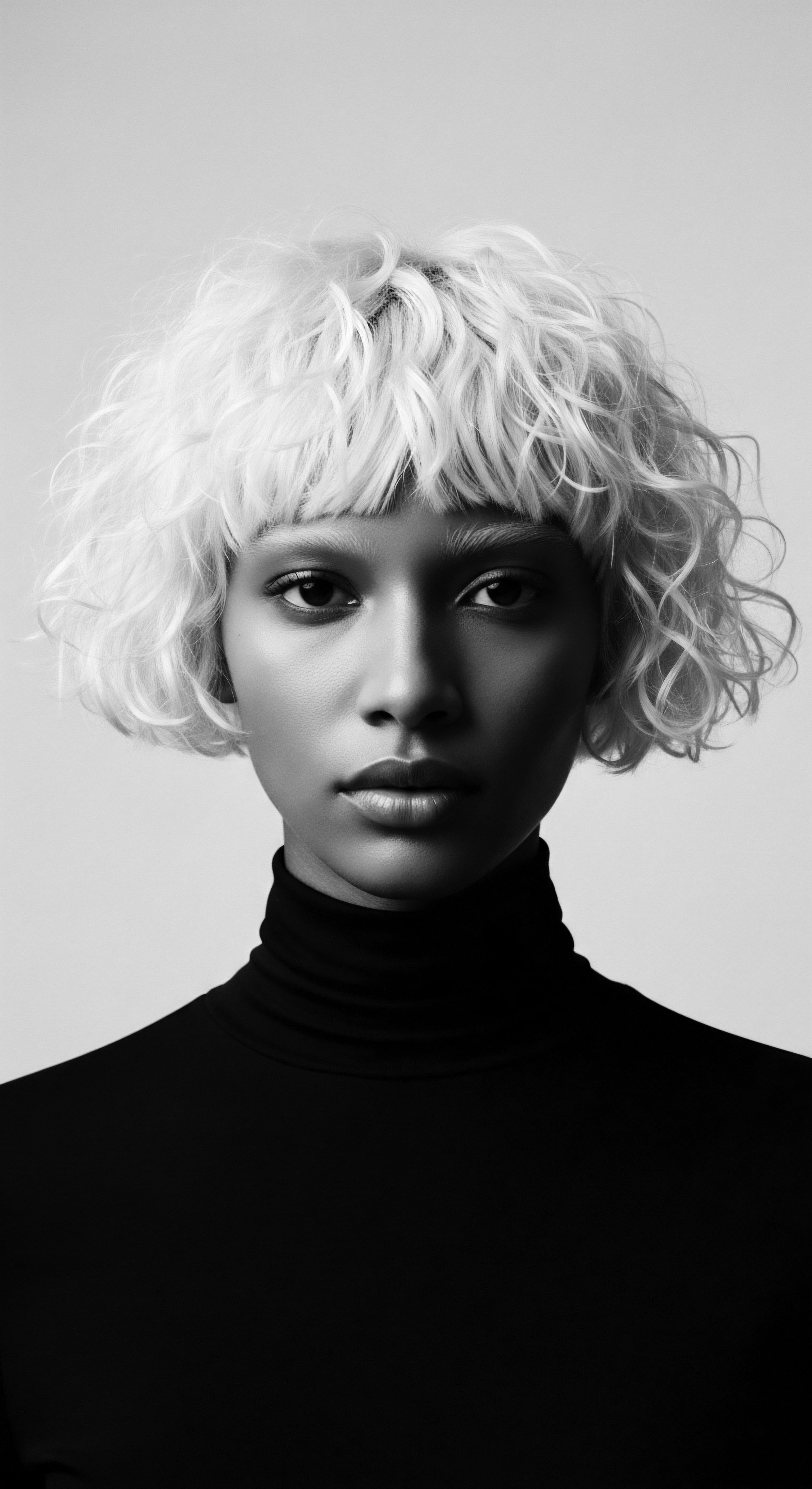
Fundamentals
The Wavy Hair Definition, at its core, refers to hair strands that follow an S-shaped pattern, a gentle undulation between straight and curly textures. This inherent curvature, a unique expression of biological design, distinguishes it from the straightness of Type 1 hair and the more pronounced coils of Type 3 and Type 4 textures. Understanding this fundamental aspect provides a lens through which to view its profound cultural and historical significance, particularly within the vast tapestry of textured hair heritage.
For generations, within communities of African descent and those of mixed heritage, hair has been far more than a mere aesthetic feature. It has served as a powerful communicator, a living archive of identity, status, and ancestral connection. The recognition of wavy hair, with its distinct flow and bounce, carries echoes of ancient practices and enduring traditions of care. Its designation is not simply a scientific classification; it is an acknowledgement of a lineage, a particular strand in the rich, diverse narrative of human hair.
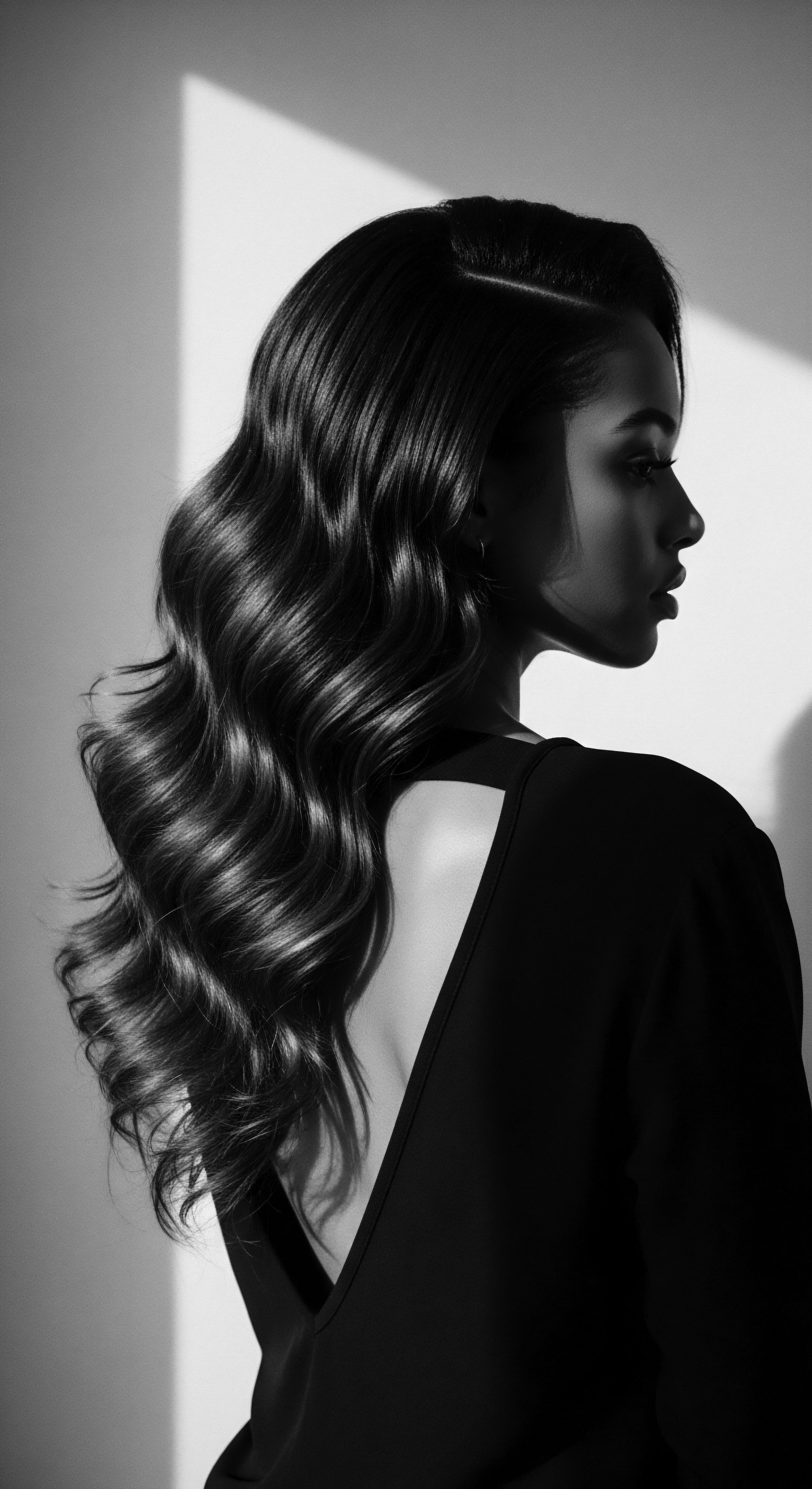
The Spectrum of Wavy Hair
Wavy hair, often categorized as Type 2 in hair typing systems, presents itself along a spectrum, each variation possessing its own charm and requiring a nuanced approach to its preservation. These classifications help in understanding the subtle differences in wave patterns and their implications for traditional care methods.
- Type 2a ❉ This wave is typically a very loose, barely-there S-shape, often close to straight at the roots with a gentle bend towards the ends. It often possesses a fine texture, requiring light touch and historical methods that emphasized minimal manipulation to preserve its delicate pattern.
- Type 2b ❉ Here, the S-pattern becomes more defined, beginning closer to the scalp and exhibiting a medium texture. Historical care for this type might have involved specific braiding techniques to enhance the wave without causing breakage, a practice observed in many ancestral communities.
- Type 2c ❉ This category showcases a more pronounced S-shape, bordering on loose curls, often with some frizz at the crown. It tends to be coarser, requiring more deliberate moisture-retention practices, a knowledge passed down through generations of hair keepers.
Each of these distinctions within the wavy hair definition, while seemingly technical, informs the historical care rituals that developed organically within diverse cultures. The practices, often rooted in available natural resources and communal wisdom, were attuned to these subtle variations, recognizing the individual needs of each strand.
The Wavy Hair Definition is a recognition of hair’s inherent S-shaped pattern, a unique expression of biological design that carries profound cultural and historical significance, particularly within textured hair heritage.
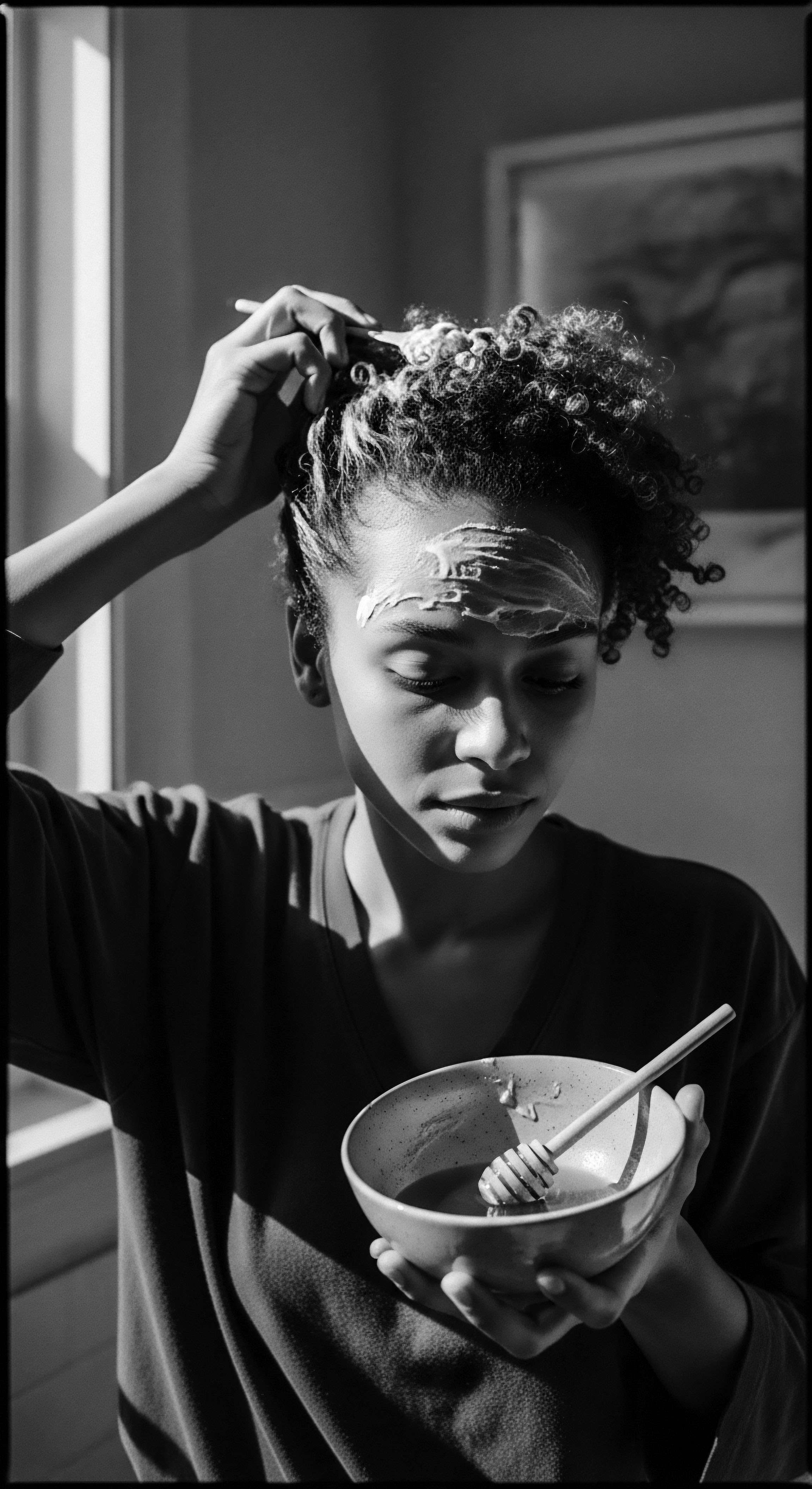
Early Understandings of Hair Texture
Before the advent of modern trichology, ancestral communities possessed an intuitive understanding of hair texture, including what we now term wavy hair. This understanding was deeply interwoven with their daily lives, spiritual beliefs, and social structures. Hair was a living entity, its condition and style speaking volumes about a person’s journey.
For instance, in many West African societies, hair was an identifier of age, religion, rank, marital status, and family groups as early as the 15th century. The subtle differences in wave patterns, or the way hair could be manipulated into specific styles, held communal meanings. This practical knowledge, passed through oral traditions and hands-on guidance, formed the bedrock of early hair care.
They understood that certain textures, perhaps those with a softer wave, responded differently to oils, braiding, or drying techniques than hair with tighter coils. This ancient wisdom, often seen as a form of ethnobotany, informed the selection of specific plant-based ingredients for hair health and styling.
The distinction of wavy hair, therefore, was not a clinical one, but an experiential and communal understanding, influencing how individuals adorned themselves and connected with their heritage. It was a definition understood through touch, through observation, and through the shared rituals of hair care that bound communities together.
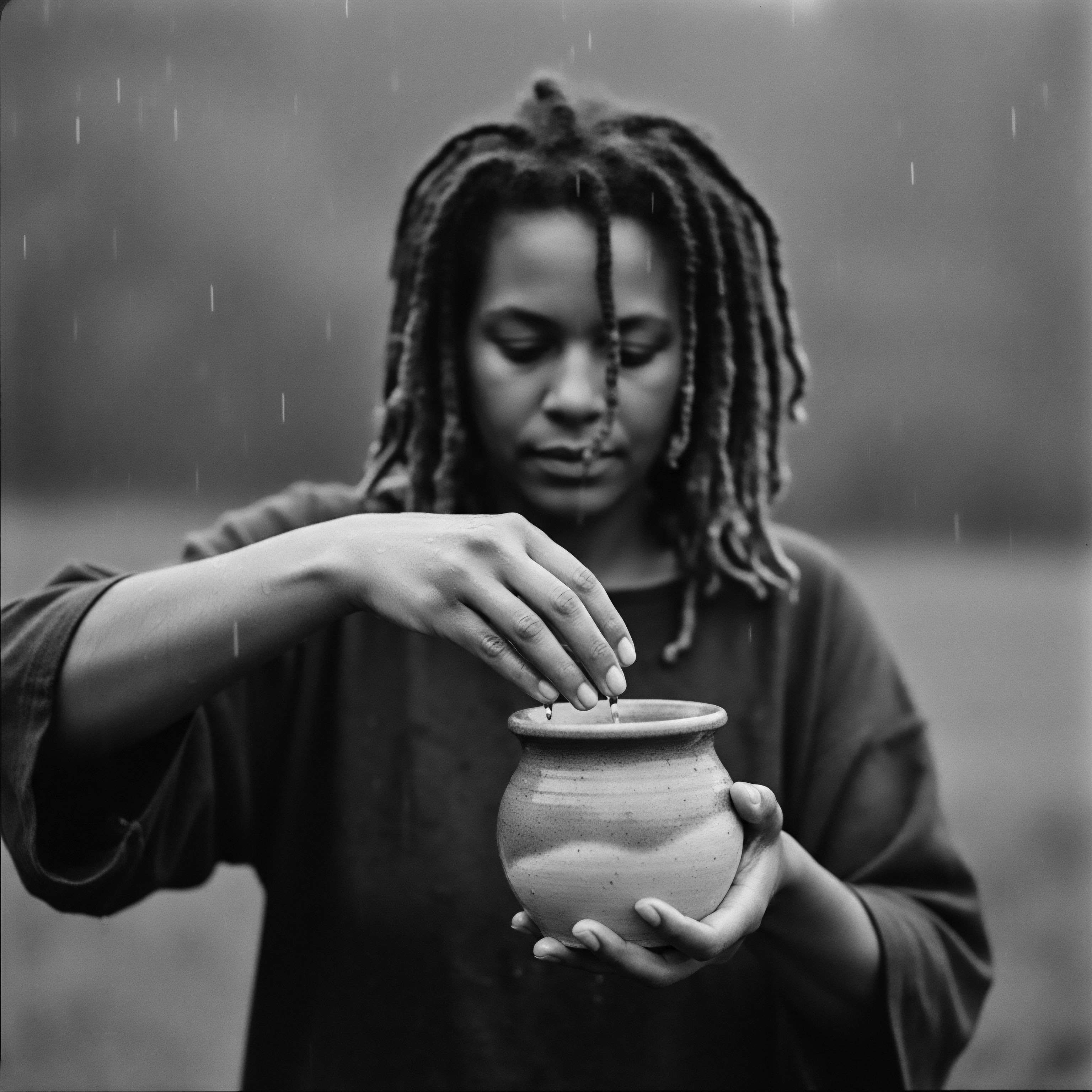
Intermediate
The Wavy Hair Definition, viewed through an intermediate lens, moves beyond simple classification to explore the underlying biological mechanisms that give rise to its characteristic undulations, while simultaneously deepening our appreciation for its cultural significance. This perspective acknowledges that the beauty of wavy hair is not merely superficial; it is an expression of intricate biological processes and a historical narrative of adaptation and resilience.
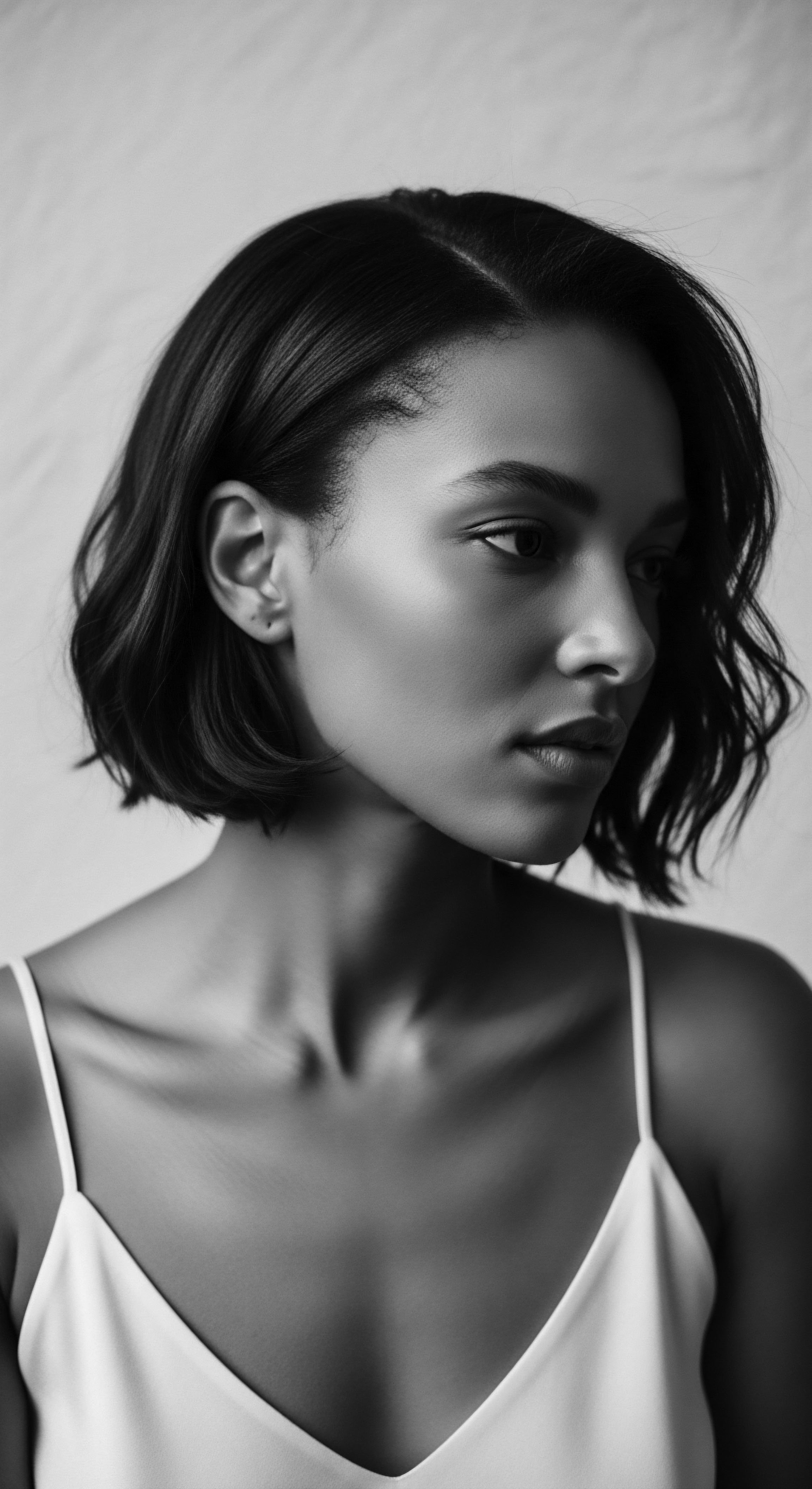
The Biology of the Wave
At a microscopic level, the wavy pattern of hair is a marvel of biological engineering. The shape of the hair follicle itself plays a significant role in determining whether hair is straight, wavy, curly, or coily. Follicles that produce wavy hair are typically oval-shaped, causing the keratin proteins within the hair shaft to grow in an elliptical, rather than perfectly round, cross-section. This asymmetry creates the natural bend that manifests as a wave.
Beyond the follicle’s shape, the arrangement of chemical bonds within the hair’s cortex also contributes to its texture. The cortex, the main bulk of the hair shaft, consists of tightly packed keratin spindles held together by disulfide and hydrogen bonds.
- Disulfide Bonds ❉ These are strong, permanent chemical bonds that largely dictate the hair’s inherent curliness or straightness. The more disulfide bonds and the more they are unevenly distributed, the curlier the hair. In wavy hair, these bonds are present in a pattern that encourages the S-shape, less dense than in coily hair but more so than in straight hair. Chemical treatments, such as relaxers or perms, directly alter these bonds to change the hair’s shape.
- Hydrogen Bonds ❉ These are weaker, temporary bonds that are easily broken by water and heat. When hair is wet, hydrogen bonds break, allowing the hair to be reshaped. As the hair dries, new hydrogen bonds form, setting the hair in its new configuration until it encounters moisture again. This explains why wavy hair can temporarily appear straighter when wet or when heat-styled, only to revert to its natural pattern with humidity.
Understanding these molecular underpinnings provides a scientific basis for the efficacy of traditional hair care practices. Many ancestral methods, unknowingly perhaps, manipulated these bonds through various drying techniques, tension styling, or the application of specific emollients, thereby enhancing or preserving the natural wave.
Wavy hair’s unique pattern stems from oval-shaped follicles and a specific distribution of disulfide and hydrogen bonds within the hair’s keratin structure, influencing its response to moisture and manipulation.
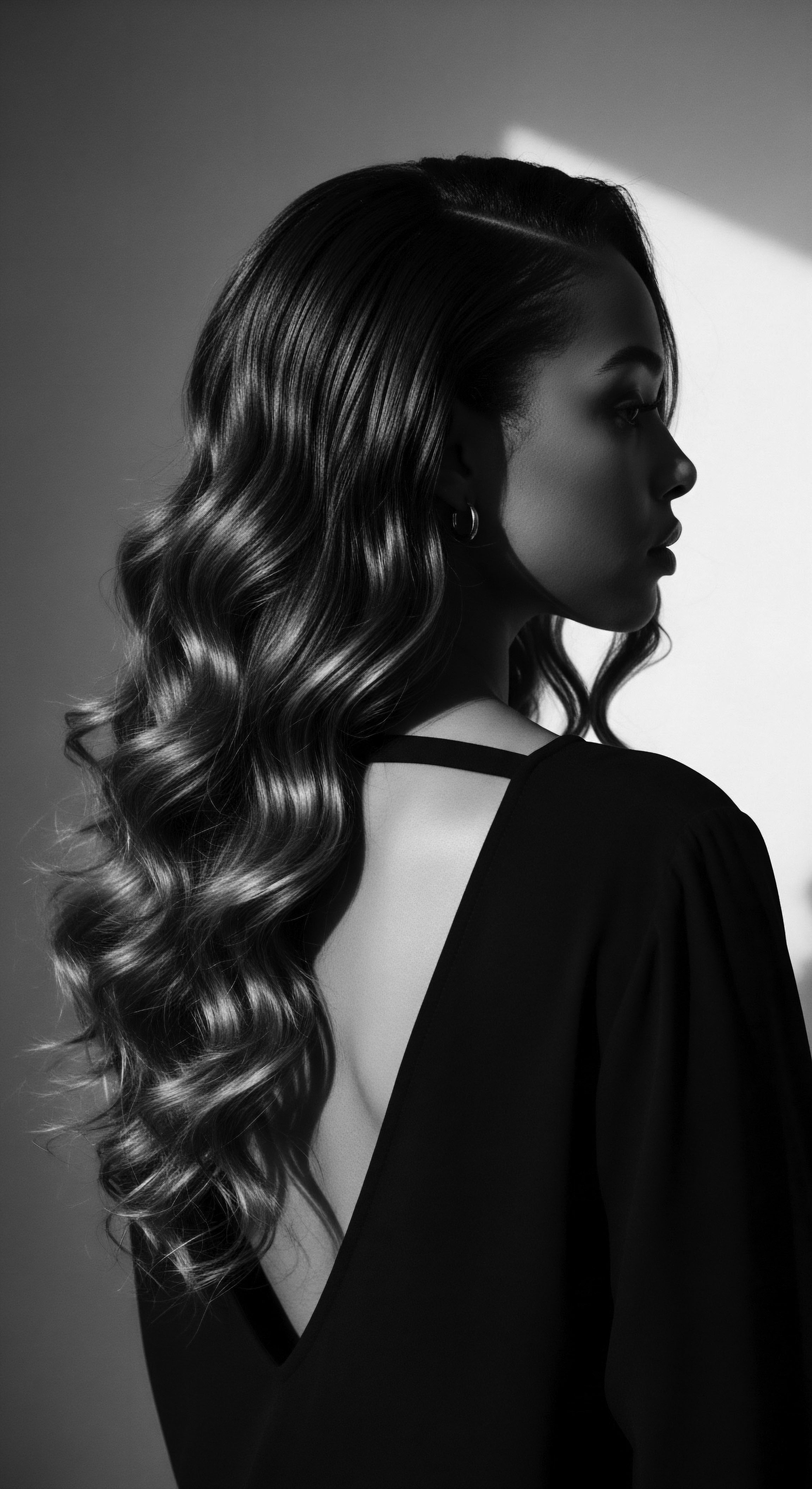
Wavy Hair in the Ancestral Landscape
The presence of wavy hair within populations of African descent and mixed heritage is a testament to the diverse genetic tapestry of humanity. It is a natural variation, a distinct thread in the rich fabric of textured hair that has existed for millennia. In pre-colonial African societies, hair was not merely a biological feature; it was a profound symbol.
Hairstyles conveyed tribal affiliation, social status, marital status, and even spiritual beliefs. The recognition of wavy hair, and its particular characteristics, informed the specific adornments and styling techniques that were considered appropriate or symbolic for individuals.
For example, the Yoruba people of Nigeria, as early as the 15th century, considered hair as important as the head itself, believing its care brought good fortune. Their practices, such as hair threading, were not only about aesthetics but also about hair health and length retention, which would have been particularly beneficial for wavy textures that might be prone to shrinkage or tangling. The communal aspect of hair care, where women gathered to braid and style, served as a powerful mechanism for transmitting this knowledge across generations.
| Ancestral Practice Hair Oiling & Butters |
| Region of Origin West Africa, Caribbean, India |
| Relevance to Wavy Hair Definition & Heritage Oils like shea butter and castor oil were used to moisturize and protect hair in hot, dry climates, crucial for maintaining wavy patterns and preventing frizz. These practices underscore the ancestral understanding of moisture retention for hair health. |
| Ancestral Practice Hair Threading (Irun Kiko) |
| Region of Origin Yoruba people, Nigeria |
| Relevance to Wavy Hair Definition & Heritage This technique, noted from the 15th century, stretched hair and retained length, a method that would have preserved wavy patterns while promoting growth without heat. It represents an ancient form of protective styling. |
| Ancestral Practice Communal Braiding Rituals |
| Region of Origin Various African cultures, Caribbean |
| Relevance to Wavy Hair Definition & Heritage Braiding was a social activity, strengthening bonds and preserving cultural identity. Different braided styles, like cornrows, could define and protect wavy textures, passing down intricate techniques and communal knowledge. |
| Ancestral Practice These traditional practices illustrate a deep, intuitive understanding of hair biology and care, particularly for textured hair, long before modern scientific classifications. |
The transatlantic slave trade, however, brought a devastating disruption to these ancestral practices. Enslaved Africans were often stripped of their cultural markers, including their hairstyles, as a means of dehumanization. This period introduced the concept of “good hair” versus “bad hair,” where straighter textures were favored due to Eurocentric beauty standards, creating a hierarchy that devalued natural textures, including wavy hair. The legacy of this discrimination continues to affect perceptions of wavy and other textured hair types, highlighting the enduring importance of reclaiming and celebrating this heritage.
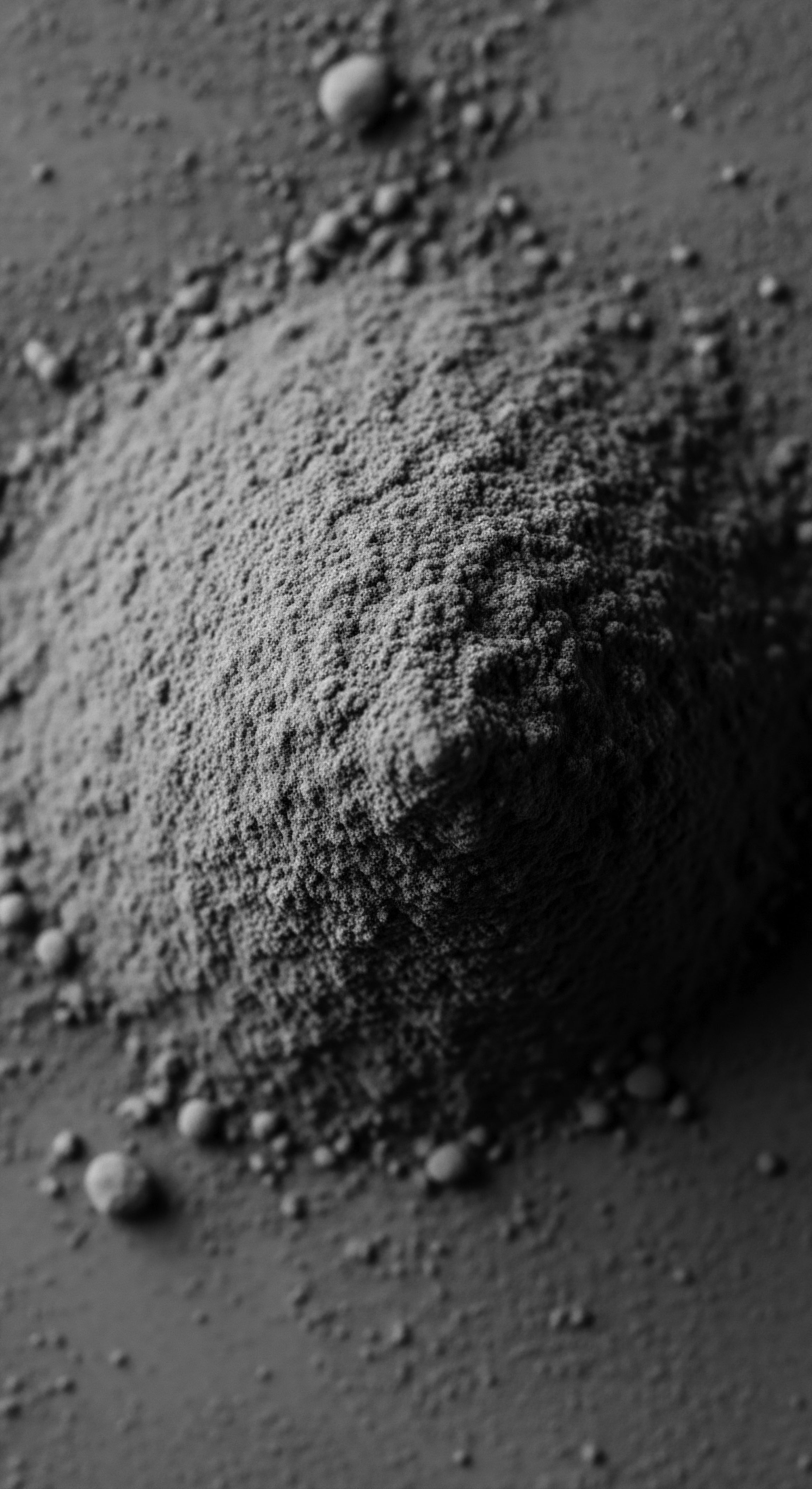
Academic
The Wavy Hair Definition, when subjected to academic scrutiny, transcends a mere descriptive classification to become a complex nexus of biological architecture, socio-cultural construction, and historical power dynamics. This elevated understanding requires an examination of its precise scientific parameters, its deep roots in ancestral knowledge systems, and the profound impact of colonial legacies on its perception and value within Black and mixed-race communities. The meaning of wavy hair, in this context, is not static; it is a dynamic interplay of inherent form and imposed societal interpretation.
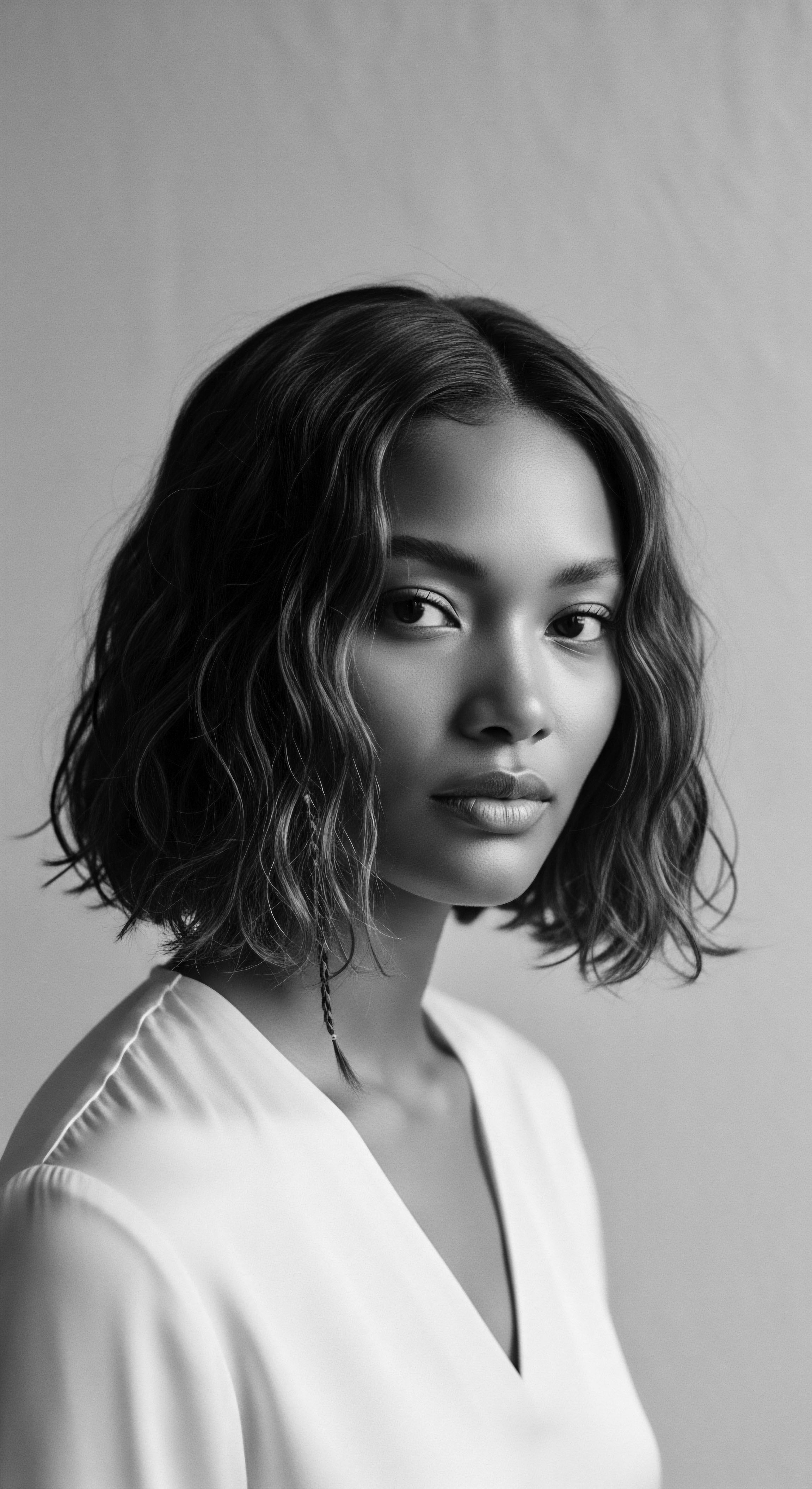
The Biomechanical Delineation of Wavy Hair
From a trichological standpoint, the delineation of wavy hair hinges on the intricate interplay of follicular morphology and the molecular configuration of keratin proteins. Unlike the perfectly cylindrical follicle that yields straight hair, the follicle producing wavy hair exhibits an elliptical or oval cross-section. This distinct shape compels the growing hair strand to assume a curvilinear path, initiating the characteristic S-shaped pattern. The degree of this ellipticity directly correlates with the tightness of the wave, distinguishing, for instance, a loose Type 2a wave from a more pronounced Type 2c.
Beyond the follicle, the internal architecture of the hair shaft, particularly the distribution of disulfide bonds within the cortex, provides further specification. Disulfide bonds, strong covalent linkages between cysteine amino acids, are largely responsible for the hair’s permanent shape and elasticity. In wavy hair, these bonds are not uniformly distributed along the circumference of the hair shaft; rather, they are concentrated more heavily on one side, creating an uneven tension that causes the strand to bend. This asymmetrical arrangement, less pronounced than in highly coiled hair but more so than in straight hair, provides the biomechanical basis for the hair’s ability to form stable S-curves.
Hydrogen bonds, while temporary and susceptible to environmental factors like water and humidity, contribute to the hair’s pliability and its capacity for temporary restyling. The interaction between these permanent and transient bonds dictates the hair’s responsiveness to styling and its inherent resilience.
The inherent variability of wavy hair, even within the same individual, speaks to the dynamic nature of these biological processes. Environmental factors, hormonal shifts, and even the aging process can subtly alter follicular activity and protein synthesis, leading to shifts in wave pattern over time. This biological complexity provides a rich foundation for understanding the diverse expressions of wavy hair across human populations, particularly those with a heritage rooted in the African continent.
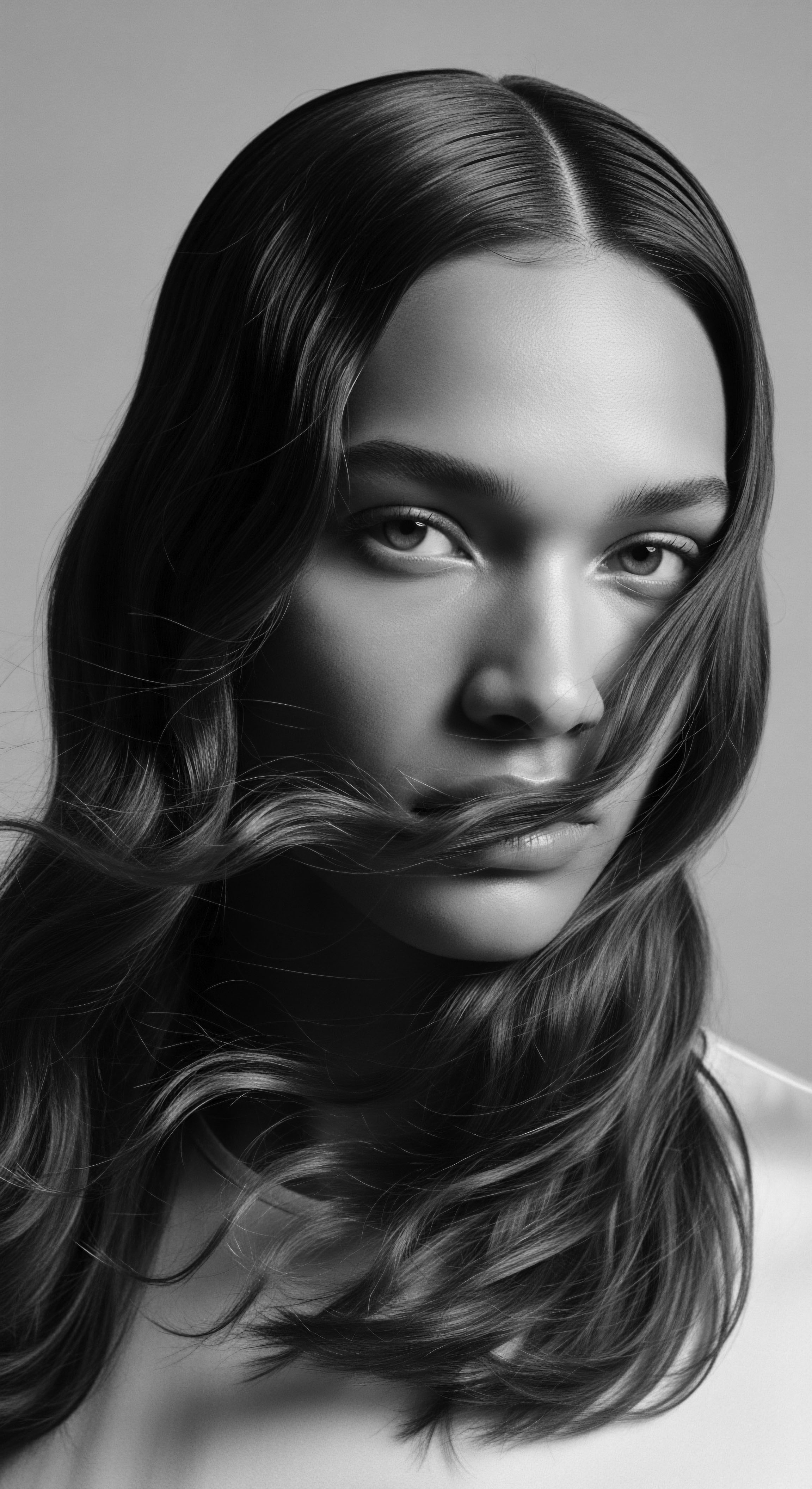
Ancestral Wisdom and the Wavy Hair Experience
Long before Western scientific categorization, African and diasporic communities possessed a sophisticated, experiential understanding of hair texture, including the nuances of wavy hair. This traditional knowledge, often transmitted through communal grooming rituals, served as a holistic framework for hair care, styling, and cultural expression. The historical significance of hair in pre-colonial Africa cannot be overstated; it functioned as a powerful medium of communication, indicating social standing, age, marital status, and even spiritual connections. The care and adornment of wavy hair, therefore, were not merely cosmetic acts but deeply embedded cultural practices.
Consider the meticulous practice of hair oiling and the application of natural butters, a tradition deeply rooted in West African cultures and carried across the diaspora. These emollients, such as shea butter or castor oil, were not simply moisturizers; they were integral to maintaining the health and definition of wavy textures in diverse climates. The ricinoleic acid in castor oil, for example, known to promote scalp circulation and stronger hair growth, was utilized in Caribbean traditions for centuries.
Such practices reflect an ancestral understanding of botanical properties and their direct application to hair health, often without explicit scientific nomenclature. The very act of applying these substances, often accompanied by gentle manipulation, would have supported the integrity of the hair’s natural wave pattern, preventing breakage and promoting length retention.
The communal nature of hair care, a practice where women gathered to braid, oil, and discuss, was a cornerstone of knowledge transfer. These gatherings served as informal academies, ensuring that the precise techniques for handling various hair textures, including wavy hair, were passed down with fidelity. The selection of specific braiding patterns, some of which were maps for escape during enslavement, also played a role in preserving and defining wavy hair. This profound connection between hair care, community, and survival underscores the deep heritage embedded within the Wavy Hair Definition.
The enduring wisdom of ancestral approaches to wavy hair finds intriguing echoes and expansions in our contemporary scientific comprehension, revealing a continuous thread of hair understanding.
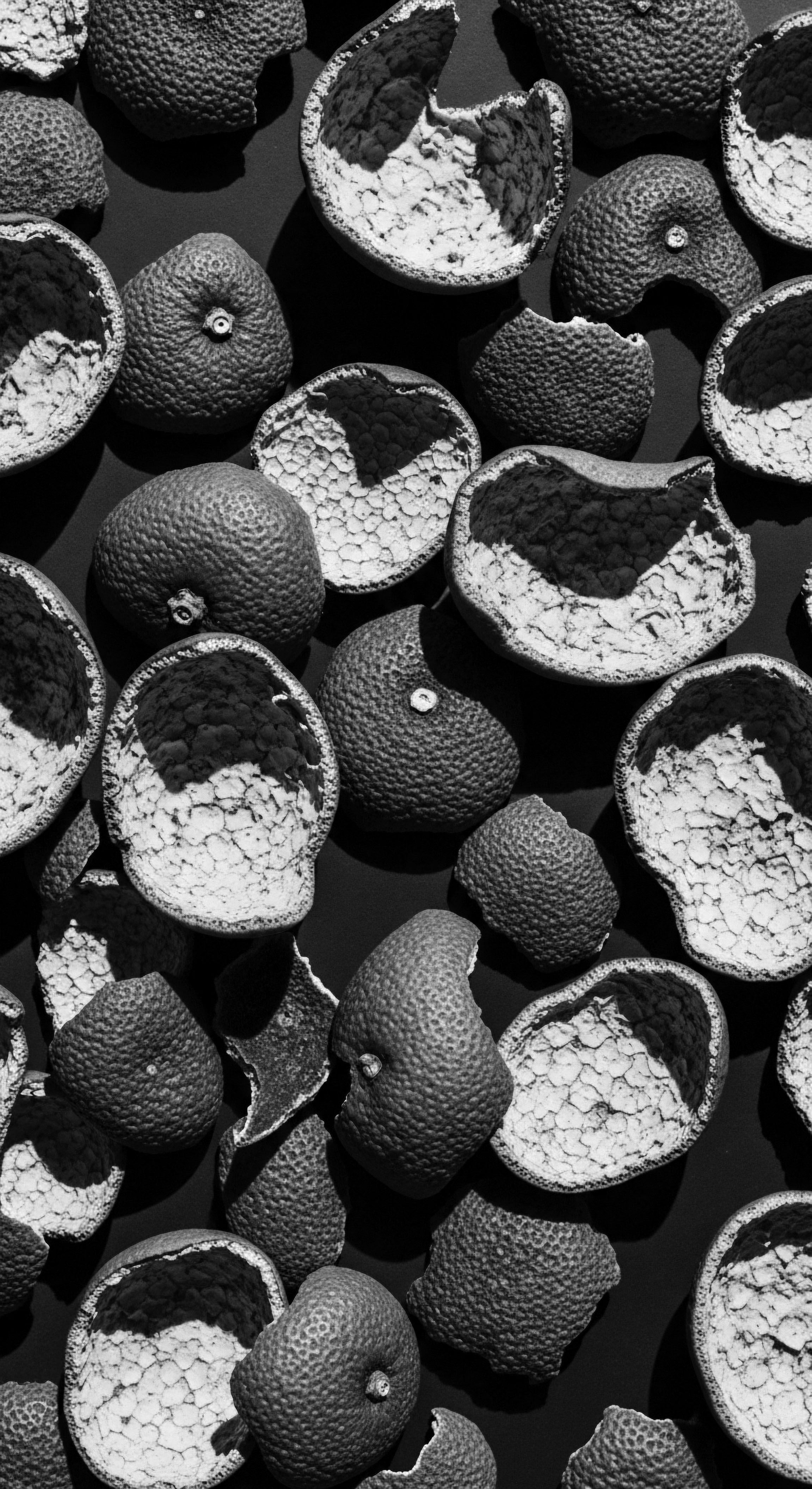
The Sociopolitical Ramifications and the Evolution of Perception
The historical trajectory of wavy hair, particularly within the context of Black and mixed-race experiences, is inextricably linked to the insidious impact of colonialism and its enduring legacy of Eurocentric beauty standards. The forced assimilation during slavery led to the systematic denigration of natural Black hair textures, including wavy patterns, which were often deemed “unprofessional” or “unruly.” This created a profound schism, where straighter hair, often achieved through damaging chemical processes like relaxers or hot combs, became associated with social and economic mobility.
A powerful case study illuminating this phenomenon is the concept of Texturism, a form of discrimination within the Black community itself, where individuals with looser curls or wavy hair may experience preferential treatment over those with more tightly coiled textures. This internalized bias, rooted in historical oppression, demonstrates the pervasive reach of Eurocentric ideals. A 2023 study by the CROWN Coalition, for example, found that Black women’s hair is 2.5 times more likely to be deemed unprofessional than other women’s hair, significantly impacting advancement opportunities. This statistic, while encompassing all textured hair, disproportionately affects those whose natural patterns deviate most from the prevailing straight-hair norm.
The “natural hair movement,” which gained significant momentum in the 1960s during the Civil Rights and Black Power movements and resurged in the 2000s, represents a powerful act of resistance and reclamation. It is a collective assertion of identity and a rejection of imposed beauty standards, encouraging individuals of African descent to embrace their natural hair, including its wavy manifestations. This movement, therefore, redefines the meaning of wavy hair, transforming it from a feature subjected to societal judgment into a symbol of self-acceptance, cultural pride, and ancestral connection. The legislative efforts, such as the CROWN Act, which prohibits race-based hair discrimination, are direct responses to this historical and ongoing prejudice, striving to protect the right to wear one’s natural hair, including wavy textures, without fear of professional or social reprisal.
The exploration of wavy hair, then, is not merely an academic exercise in classification; it is a profound meditation on the enduring legacy of heritage, the resilience of cultural identity, and the ongoing struggle for self-determination. The definition of wavy hair, in its fullest sense, is a testament to the biological diversity of humanity and the unwavering spirit of those who have nurtured, celebrated, and protected their ancestral strands against the currents of historical adversity.
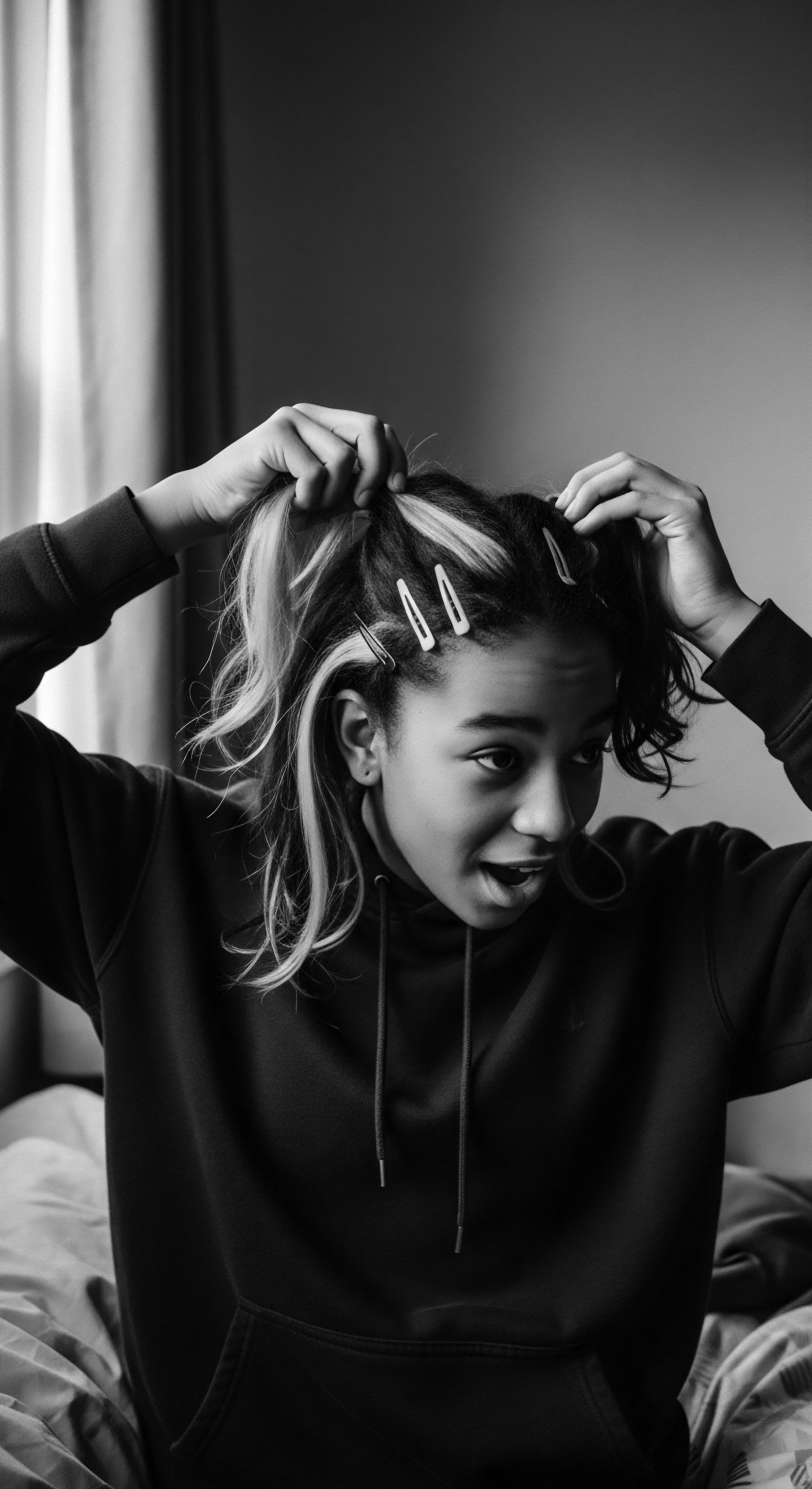
Reflection on the Heritage of Wavy Hair Definition
The journey through the Wavy Hair Definition has revealed a profound truth ❉ hair is a living testament to heritage, a carrier of stories spanning millennia. It is a biological marvel, certainly, with its oval follicles and intricate bond structures, yet its true significance transcends mere scientific explanation. For those of African descent and mixed heritage, wavy hair is not simply a texture; it is a lineage, a whisper from ancestors, a visual echo of resilience and adaptation. The tender thread of care, passed from hand to hand across generations, nurtured these patterns, transforming them from simple strands into symbols of enduring identity.
In the gentle sway of a wave, one can perceive the echoes of ancient African communal rituals, where hair styling was a sacred act of connection and communication. The very act of defining wavy hair, then, becomes an act of remembrance, a conscious effort to honor the wisdom that predates modern categorization. This exploration has affirmed that the “Soul of a Strand” is not an abstract concept; it is the collective spirit woven into every curve and bend of textured hair, a spirit that refuses to be straightened, silenced, or forgotten. The ongoing journey of reclaiming and celebrating wavy hair is a powerful testament to the enduring human need to connect with one’s roots, to find strength in ancestral practices, and to voice an identity that is authentically, beautifully unbound.
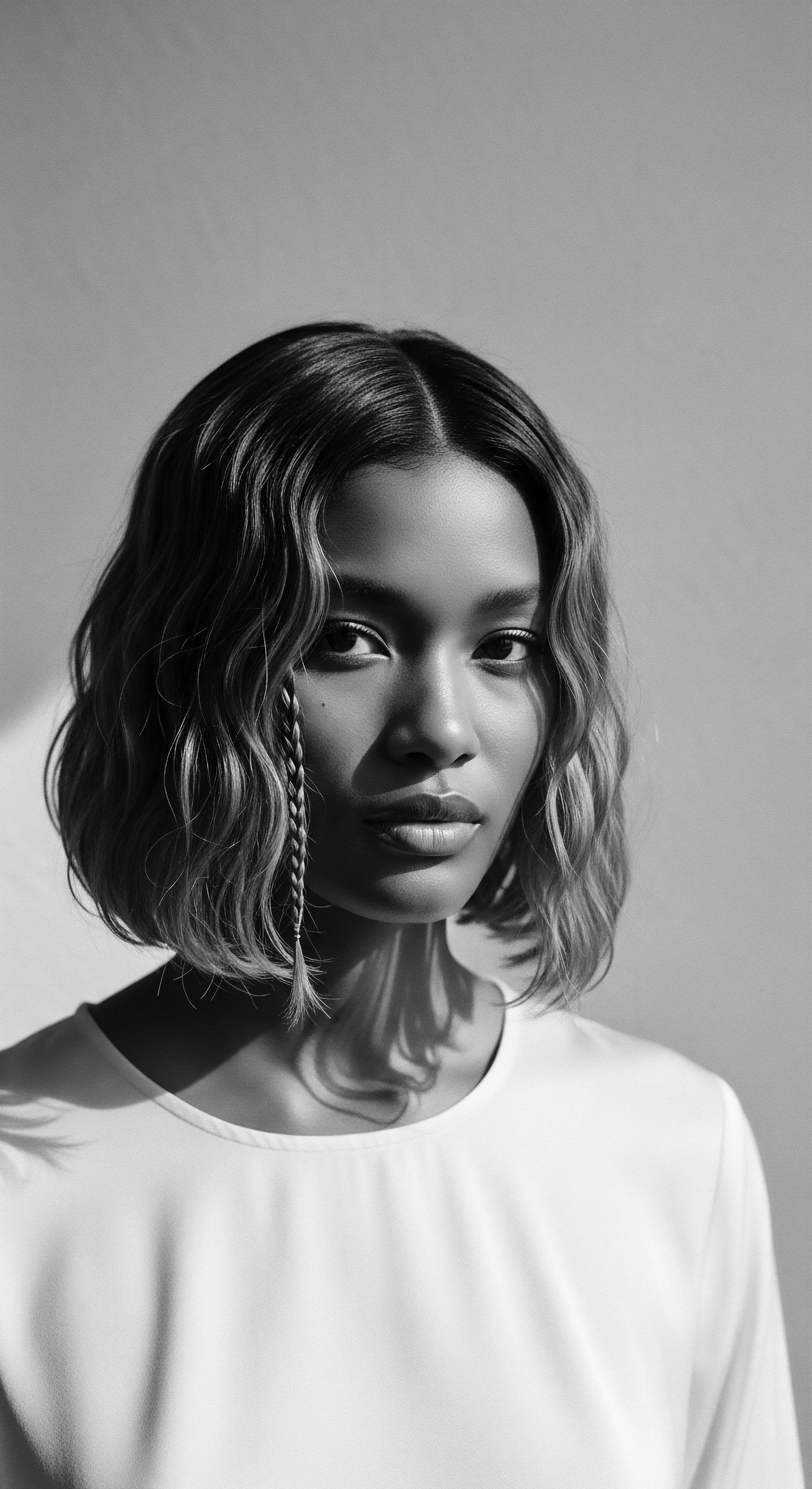
References
- Byrd, A. & Tharps, L. (2014). Hair Story ❉ Untangling the Roots of Black Hair in America. St. Martin’s Griffin.
- Dabiri, E. (2020). Twisted ❉ The Tangled History of Black Hair Culture. Harper Perennial.
- Johnson, T. A. & Bankhead, T. (2014). Hair It Is ❉ Examining the Experiences of Black Women with Natural Hair. Open Journal of Social Sciences, 2(1), 86-100.
- Patton, T. O. (2006). Hey Girl, Am I More Than My Hair? Peter Lang.
- Rooks, N. M. (1996). Hair Raising ❉ Beauty, Culture, and African American Women. Rutgers University Press.
- Shepherd, J. M. (2018). Texturism as an Extension of Colorism in the Natural Hair Community. (Master’s thesis). University of Houston.
- White, L. (2000). Speaking with Vampires ❉ Rumor and History in Colonial Africa. University of California Press.
